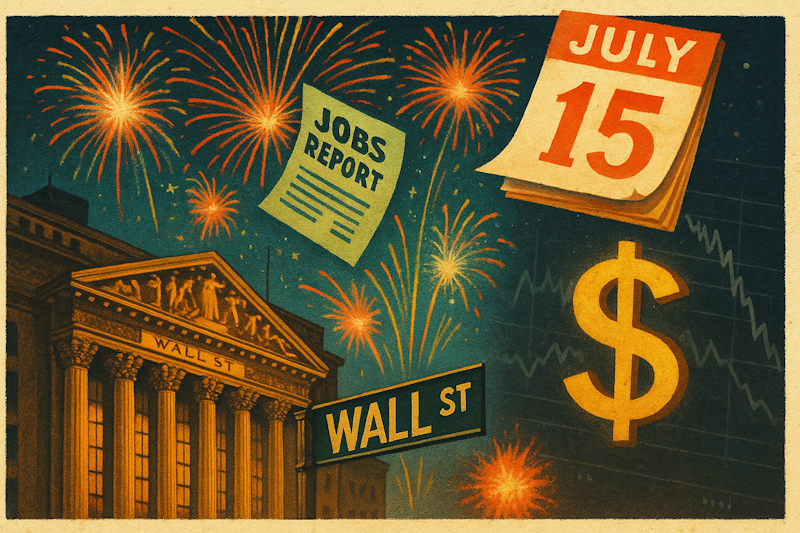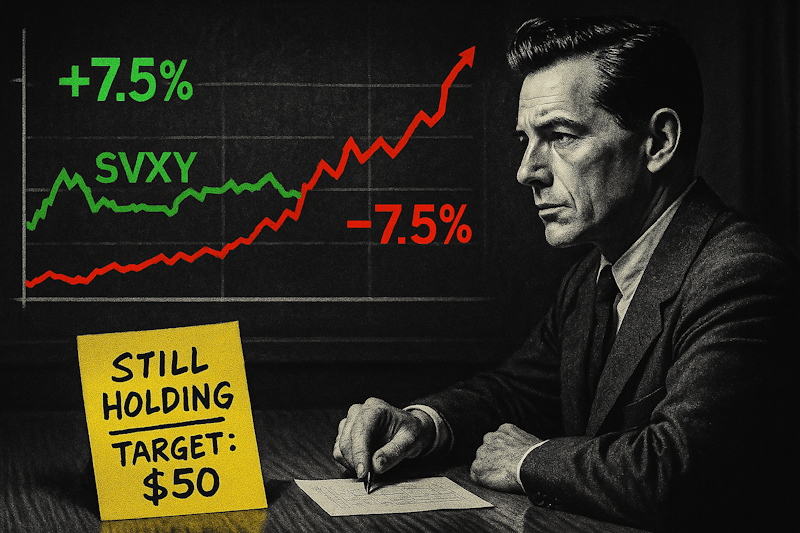The market has been all over the place lately, but one sector is quietly gaining momentum.
Defense stocks.
While tech and consumer stocks have been under pressure, the aerospace and defense sector has been holding strong — and I think it’s setting up for a bigger move higher.
Why?
The Defense Sector’s Tailwinds
There are a few key forces driving this trade idea:
- Military spending is surging – The U.S. government has made it clear that it plans to rebuild military stockpiles after years of drawdowns. That means more contracts for major defense companies.
- Geopolitical tensions aren’t easing – With conflicts still raging overseas, defense spending isn’t likely to slow down anytime soon.
- Sector rotation is at play – As the market shifts away from high-flying growth stocks, capital is looking for safer, long-term plays. And defense fits the bill.
The way I see it, this sector has a clear path higher. So today, I’m putting my money where my mouth is.
How I Structure My Spreads
Before I get into the trade details, here’s an important rule I always follow when trading spreads:
I never pay more than half the width of the spread.
Why? Because paying too much upfront shrinks your reward-to-risk ratio and limits your potential gains.
Think of it this way: When you trade a bull call spread, you’re buying one call option and selling another at a higher price. The difference between the two strike prices is called the spread width — that’s the maximum profit potential for the trade.
For example, if you buy a $155/$175 bull call spread, the spread width is $20 (the difference between $175 and $155).
Now, let’s say the cost to enter the trade (the premium you pay) is $12 per contract. That means you’re risking $12 to potentially make $8 — not a great risk-to-reward setup.
But if you enter the same trade for $10 or less, now your potential profit ($10) is equal to or greater than your risk. That’s the key — I want to risk a dollar to make a dollar or more, not risk more than I can gain.
This simple rule keeps me from overpaying for spreads, which helps stack the odds in my favor.
My Free Trade Idea
I’m buying ITA, the U.S. Aerospace & Defense ETF.
And I’m structuring the trade as a bull call spread. Here’s my trade idea:
Buy to open ITA $155 Call
Sell to open ITA $175 Call
Both expiring July or August of this year.
Now, don’t forget to apply my rule:
Since the difference between the strike prices is $20, I wouldn’t enter this trade if it costs more than $10 per spread.
If it’s too expensive, I’d either wait for a better price or adjust my strikes.
Sticking to this rule gives me solid upside exposure while controlling risk.
If you want to get more details on the trade idea, how tomorrow’s Fed session could affect markets and more, watch my latest Market Radar session here.
Stay sharp,
—Geof Smith
P.S. Nate Tucci’s Overnight Options strategy has proven to be a solid way to target overnight gains — even in this crazy market. Get all the details right here.



